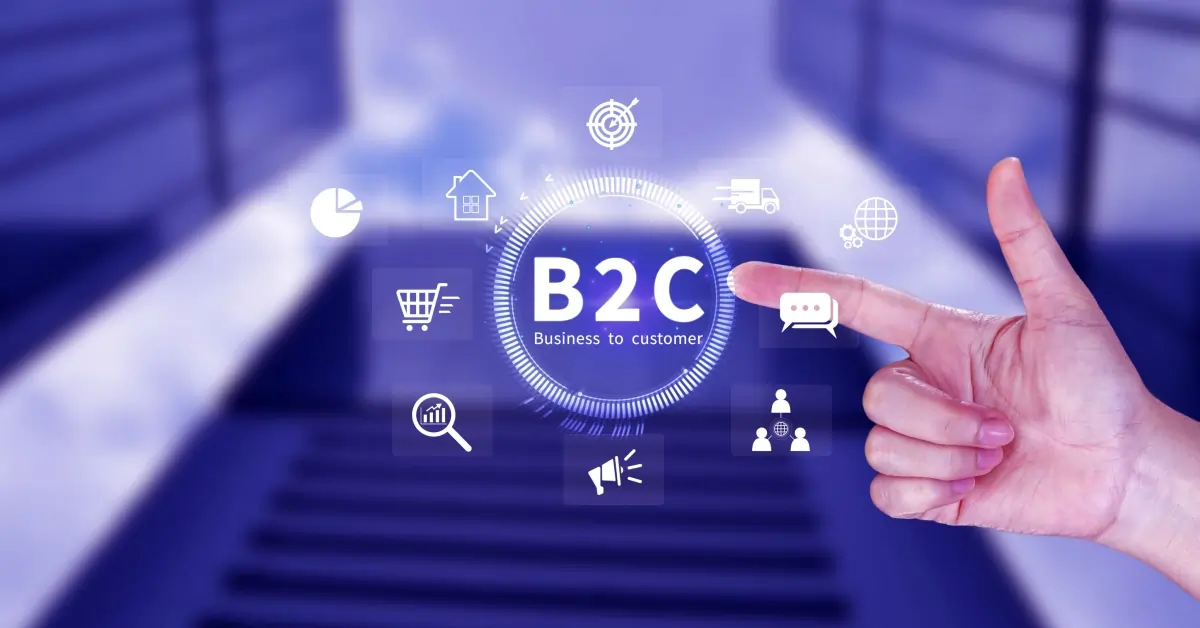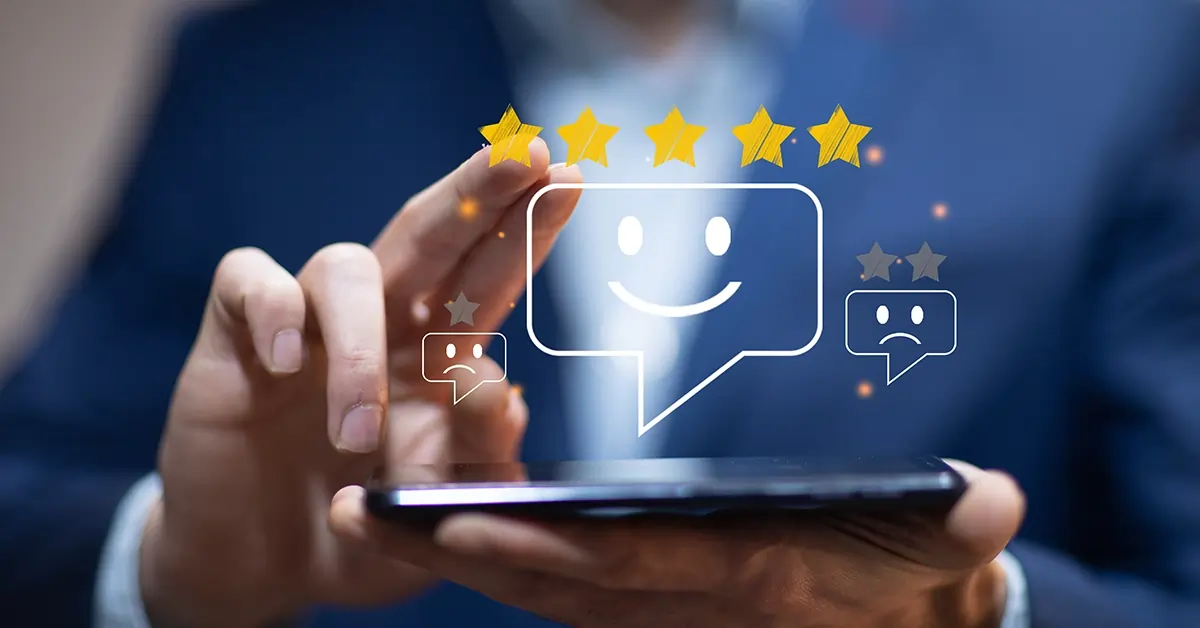7 Best Practices to Ace B2C Customer Experience

Providing an excellent B2C customer experience can significantly impact a company’s performance.
To maintain loyal customers and attract new ones, you need to go above and beyond by providing exceptional customer service. To stand out, your business must meet and exceed these expectations by delivering seamless, personalized, and memorable experiences.
In this blog, we’ll look at seven best practices for delivering an exceptional B2C customer experience to keep your customers happy.
Table of Contents:
- What is B2C Customer Experience (CX)?
- B2C vs B2B CX: What’s the difference?
- 7 Best Practices to Ace B2C Customer Experience
What is B2C Customer Experience (CX)?
B2C customer experience (CX) is the overall impression individual customers have of your brand. Every interaction a customer has with your company, from browsing your website to calling customer service, shapes this perception.
To create a positive B2C CX, you need to focus on all the touchpoints. This means ensuring your website is user-friendly, your brand messaging is consistent across channels, and you offer helpful customer support.
You can build strong relationships with your customers by prioritizing a smooth shopping experience and providing efficient resolutions to inquiries.
B2C vs B2B CX: What’s the difference?
B2B and B2C customer experiences differ vastly in target audiences, objectives, and priorities. While both focus on delivering a positive customer experience, the approaches are unique to each type.
Business-to-business (B2B) customer experience is typically more sophisticated and suited to unique business requirements.
B2B sales cycles are lengthier and involve more stakeholders, including procurement managers, decision-makers, and influencers. B2B CX frequently includes a team of sales experts who manage customer relationships.
Business-to-business CX may also require more profound levels of customization, such as tailored RFPs (Request for Proposal), to win business. In contrast, B2C customer experience is typically more straightforward. The customer purchasing trip is shorter, and fewer people participate in decision-making.
In B2C CX emphasis is frequently on engaging the customer via touchpoints like marketing, packaging, and customer service.
Here’s a table to simplify it:
| Factors | B2B CX | B2C CX |
| Target Audience | Organizations, procurement managers, decision-makers | Individuals, consumers |
| Sales Cycle | Long, complex, and involves a direct sales team | Short, straightforward, and often involves marketing |
| Customization | Deep levels of customization are often required, such as tailored RFPs | Often less personalized but may require customization through packaging, messaging, and offers |
| Emphasis | Building strategic partnerships and driving business value | Creating an emotional connection with the consumer and building a brand reputation |
| Touchpoints | Focus on sales and account management | Focus on marketing, packaging, and customer service |
| Key Performance Metrics (KPIs) | ROI, conversion rates, customer retention, and upsell/cross-sell opportunities | Net Promoter Score (NPS), customer satisfaction (CSAT), customer loyalty, and social media engagement |
| Challenges | Longer sales cycles, more stakeholders, more complex decision-making, and higher purchasing requirements | Shorter buying cycles, fierce competition, and high customer expectations for seamless experiences |
7 Best Practices to Ace B2C Customer Experience
1. Understand Your Customer
Customer research allows you to learn about customers’ requirements, wants, behavior, and pain areas.
This information can be used to develop effective messaging, targeted marketing campaigns, and personalized offers.
You can segment your target customers and personalize the messaging for each category. Behavioral segmentation, which segments customers based on their interactions with the company, enables more focused communication and offers.
For example, high-value clients may receive exclusive discounts and early access to new products, while new customers may be given introductory offers and useful onboarding material.
2. Empower Customers with Self-Service Options
Detailed FAQs, how-to instructions, video tutorials, and comprehensive knowledge bases help customers fix issues independently, providing rapid assistance without needing support.
These resources should be simple to navigate and easily accessible on your website and mobile app.
3. Streamline Customer Interactions
Live chat functionality enables instant customer support, promptly addressing inquiries and issues.
Streamlining the purchasing process with one-click ordering and rapid checkout reduces the time and effort necessary for transactions, making the shopping experience more convenient.
4. Foster Trust with Transparency
Clear communication of policies, such as return and refund procedures, shipping periods, and pricing, helps to set correct expectations and prevent misunderstandings down the road.
Furthermore, transparency in data privacy and security promotes trust.
5. Ensure Seamless Omnichannel Experience
Satisfying customer expectations requires a seamless omnichannel experience.
Customers want a consistent and unified experience across all touchpoints, including online, in-store, and mobile apps.
Integrating systems like CRM and inventory management allows real-time updates and coherent communication, creating a fluid and uniform customer experience across all channels.
6. Engage Customers with Community Building
Encourage customers to engage with your brand and each other through social media platforms, forums, and user groups.
Hosting virtual or in-person events, such as webinars, product launches, and customer appreciation days, can incite a sense of belonging.
Encouraging user-generated content, such as reviews, testimonials, and social media posts, not only builds community but also provides valuable social proof. When customers feel part of a community, it increases their emotional connection to the brand.
Summing Up
In conclusion, providing a seamless and personalized B2C customer experience has become more critical.
Your business must emphasize customer experience and invest in technology such as chatbots, artificial intelligence, and data analytics to get insights and optimize the customer experience journey.
Providing a fantastic B2C customer experience can result in more significant revenue, positive word-of-mouth, and long-term success for your organization.
Related Post
Copyright © gocustomerexperience.com. All Rights Reserved.




